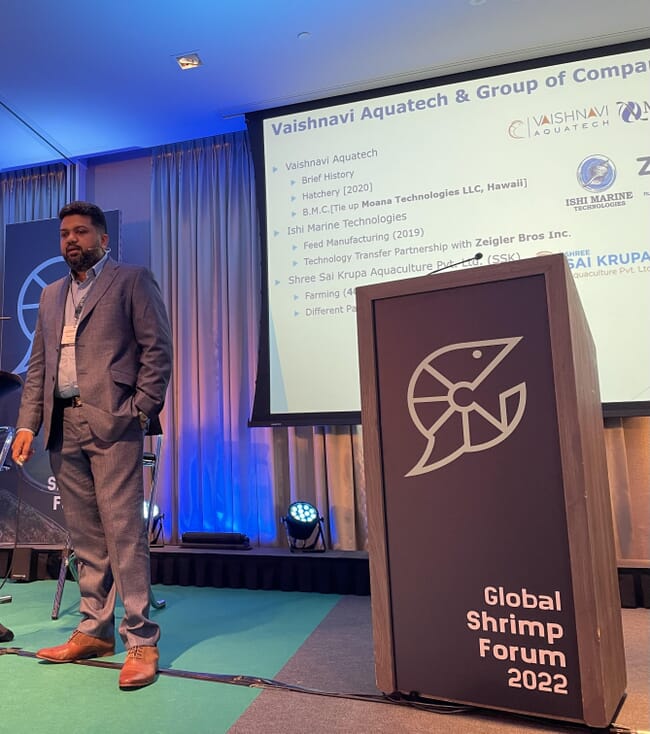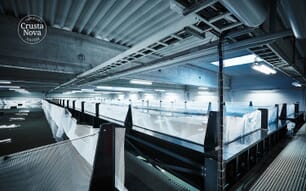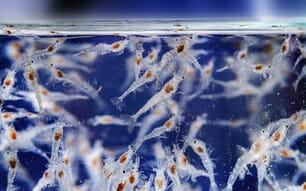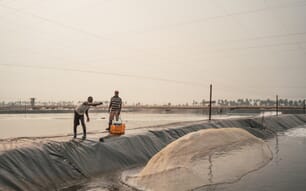
Speaking at this week’s Global Shrimp Forum, Dhaval Contractor, partner in Vaishnavi Aquatech, explained how the company’s establishment of India’s first state-of-the-art broodstock multiplication centre (BMC) for specific pathogen-free (SPF) monodon in 2021 would act as a catalyst for the rapid growth of the monodon sector.
According to Contractor, who also produces feed and has 400 ha of shrimp ponds, monodon are becoming more appealing to farmers in several regions of India – in particular Gujarat – due to a range of factors adversely affecting L.vannamei production since 2017. These include disease issues (especially EHP), declining survival rates and increased competition from Ecuador’s booming vannamei sector, leading to large-scale losses.
While monodon production was in decline for many years – largely due to the use of poor quality wild seed, which grows slowly and is disease-prone – Contractor noted that the Moana monodon broodstock from the company’s BMC were producing PLs that were performing much better and thus were gaining popularity among farmers.
He explained that in 2021 the company sold 300 million monodon post-larvae (PLs) to farmers in Gujarat and Andhra Pradesh and the demand was growing so quickly that they have now established six hatcheries and already sold more than 1 billion PLs in 2022.
Contractor outlined the marked improvements in the Moana monodon – which are now on their 19th generation – growth rates have increased to nearly 4 g per week, up from 2 g per week in 2008, and some farmers in Gujarat have been able to produce two crops a year, compared to one per year in the past.
Following years of decline India harvested a modest 34,000 tonnes of monodon in 2021-2022, but Contractor said that 70,000 tonnes is expected to be harvested in the 2022-2023 financial year and that this figure – at a conservative estimate – would be closer to half a million tonnes within five years.
Factors that add to the appeal of monodon, according to Contractor, are that they are a native species and therefore more resistant to pathogens such as EHP than vannamei; that they require less technology and infrastructure to produce; and that they can be grown to over 50 g and therefore fetch premium prices, especially on the Japanese and EU markets.
Aa a result of these factors Contractor predicts that 80-90 percent of farmers in Gujarat will grow monodon next year, while he is now supplying farmers in Orissa, West Bengal and Andhra Pradesh too.
“India is all set to become the [world’s] leading producer of P. monodon. Bring back smile on the farmers’ face; make aquaculture more sustainable in India, providing P. monodon shrimp to the world market, which has better texture and taste,” he concluded.








